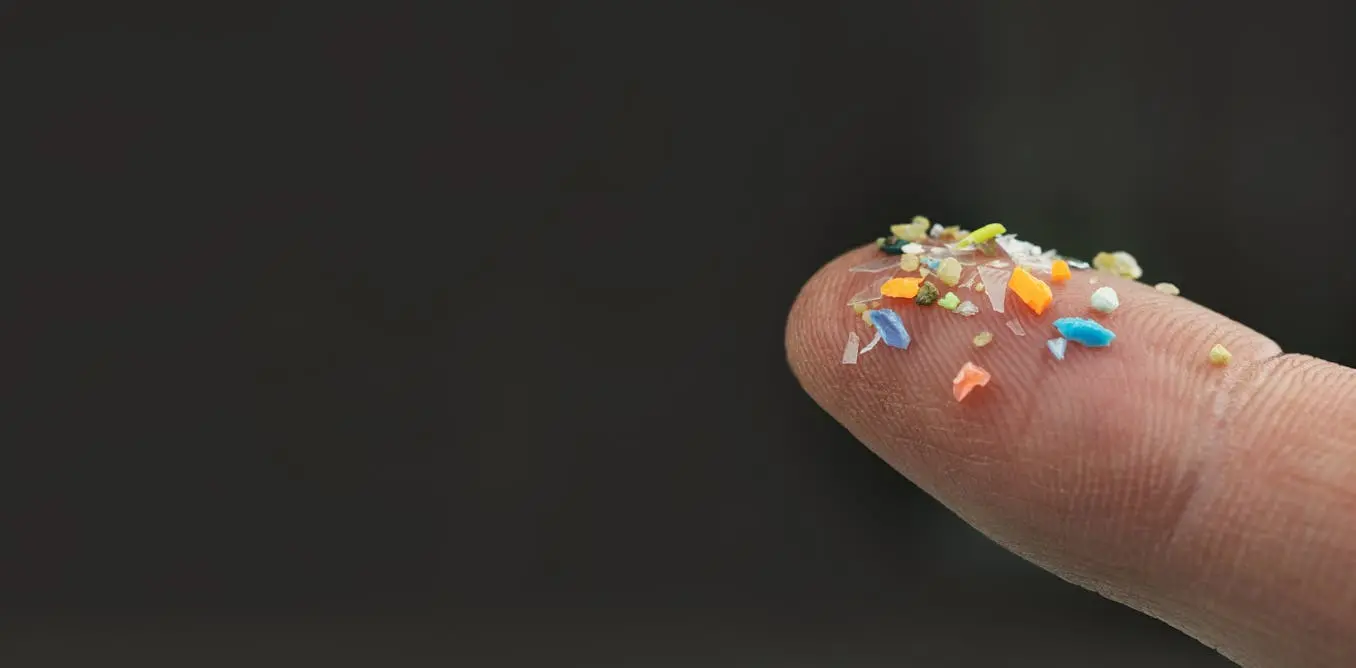 Microplastics have been identified in the water we drink, the air we breathe and the food we eat – including seafood, table salt, honey, sugar, beer and tea. Sometimes the contamination occurs in the environment. Other times it’s the result of food processing, packaging and handling. More data is needed on microplastics in human foods such as land-animal products, cereals, grains, fruits, vegetables, beverages, spices, and oils and fats.
Microplastics have been identified in the water we drink, the air we breathe and the food we eat – including seafood, table salt, honey, sugar, beer and tea. Sometimes the contamination occurs in the environment. Other times it’s the result of food processing, packaging and handling. More data is needed on microplastics in human foods such as land-animal products, cereals, grains, fruits, vegetables, beverages, spices, and oils and fats.
As equipment has advanced, scientists have identified smaller particles. They’ve found microplastics in our lungs, livers, kidneys, blood and reproductive organs. Microplastics have crossed protective barriers into our brains and hearts. While we eliminate some microplastics through urine, faeces and our lungs, many persist in our bodies for a long time.



I was thinking something similar. Like if a “God” exist they would be like a programmer that set us up and then let us run. Why? They wanted us to transform the world into a plastic hellscape. After that it would be “terrafromed” (plasti-formed?) for whatever will be the evolutionary descendants of those bacteria that are eating the microplastics in the Pacific Garbage patch.